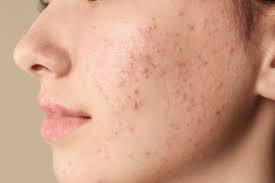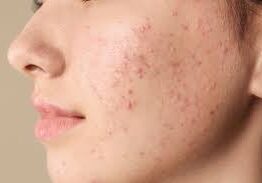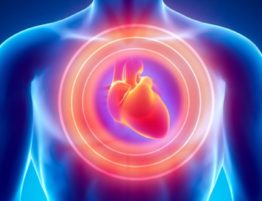
Dyslexia
Dyslexia is more than just having a reading problem, science shows us that dyslexia is actually a linguistic issue and that people of all IQ levels can be impacted. The effects of dyslexia varies from person to person with the only shared trait being that people with dyslexia read at significantly lower levels than people their age.
Dyslexia affects 4% of children in over the glob and impacts more boys than girls.
What causes dyslexia?
Just like any other disorder there are a wide variety of reasons for dyslexia; however some less commonly discussed sources include cadmium, aluminum and lead toxicity. Dr. Philip Landrigan at Mount Sinai School of Medicine in New York published an article in The Lancet Neurology which discussed the link between lead, methyl mercury, arsenic, PCBs and toluene with learning and behavior issues which includes dyslexia.
They even linked high concentrations of fluoride in drinking water to an average IQ decline of seven points.
This link has been discussed for some time. In fact, in 1981, Clinical Chemistry published a report indicating that excessive cadmium burden could be implicated in dyslexia. They also observed the presence of lead which they believed contributed to a dyslexia diagnosis.
Dr. Ben Feingold found that avoiding artificial colors helped children with dyslexia. This makes sense since artificial colors contain lead.
Can essential fatty acids help resolve dyslexia?
A study out of Sweden was published in the Journal of Medicinal Food examined the use of essential fatty acids (EFA) as part of a treatment plan for dyslexia. Researchers found after five months of supplementation, reading speed improved by 60% and motoroic-perceptual velocity improved by 23%. They concluded that supplementing with EFA provided a clear, beneficial effect for people with dyslexia.
At Healing 4 Soul, we have seen wonderful strides in children with dyslexia, ADHD, autism as well as other conditions when they begin on EFA. We recommend a variety of different EFAs depending on the child, with our most trusted being mammalian omega 3 and fermented cod liver oil.
Dogs found to help children with dyslexia
Children with dyslexia or difficulty reading are often hesitant to read aloud for fear of being judged and feeling embarrassed. But these same children often times feel at ease around a dog who is there just to listen to the story – not to critique their reading abilities. Intermountain Therapy reports that children who participated in a 13 month program increased their reading level by 2 grade levels and some increased 4 grade levels!
Can ‘vision therapy’ help?
Studies are mixed on the benefit of vision therapy for people with dyslexia, however, sometimes the child may not have dyslexia, but rather a visual problem causing them to display symptoms similar to dyslexia. Scheduling a functional vision test with a behavioral optometrist is a good start.
Homeopathy found to be effective – in a clinical setting
Dyslexia a constitutional disorder, as it is an outcome of a constitutional problem (genetic factors). Homeopathy is definitely recommended for the management of dyslexia. Special modified teaching methods and educational environment, special tutoring, summer school, speech therapy, or placement in special classes helps the dyslexics to cope up better. Homeopathic treatment is extremely effective in the cases of Dyslexia and strongly recommended. along with other supportive therapies.
As a homeopath and CASE Therapist, I understand the importance of a thorough intake and take into account body language, feelings, reactions, parental report and a variety of other factors to aid in the selection of homeopathics that can help. Lycopodium is a commonly used remedy and can be a good start, but with a thorough intake, more obscure remedies that can help such as Caesium muriaticum or Dirca palustris, to name a few, can be explored and prescribed with better results.

1. ) Belladonna-nose red, swollen and shining with small red pimples great dryness of the nose swelling and tension of the upper lip. 2.) Agaricus- Redness with burning neat in the face. burning itching on the cheeks. 3) Graphites – Acne in person inclined to obesity particularly woman with a disposition to…









1 Comment
educational sites
September 24, 2017
Greetings! Very helpful advice within this post! It’s the little changes that make the biggest changes. Thanks for sharing!
Write a comment: